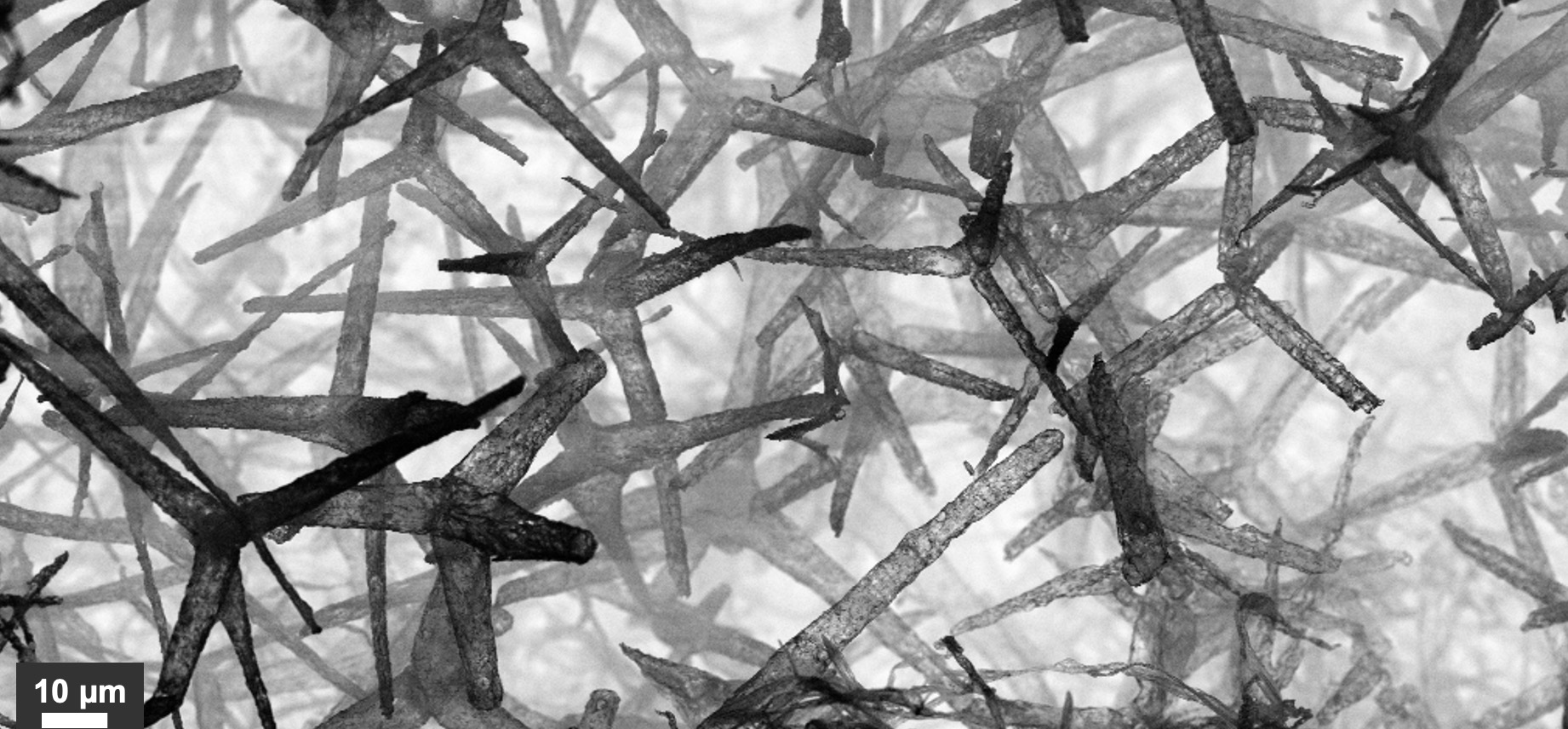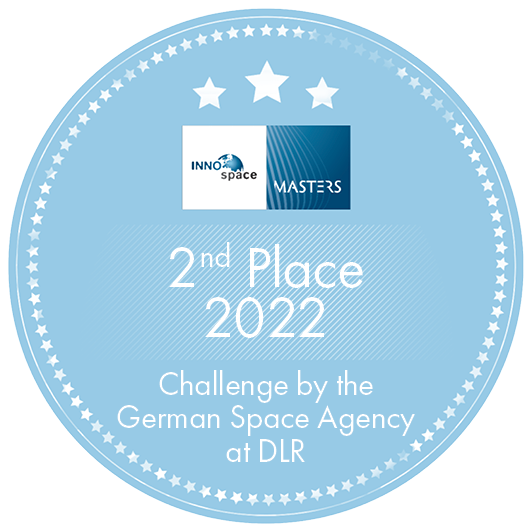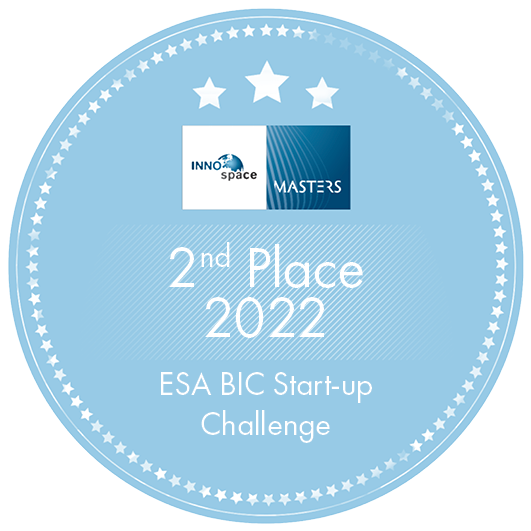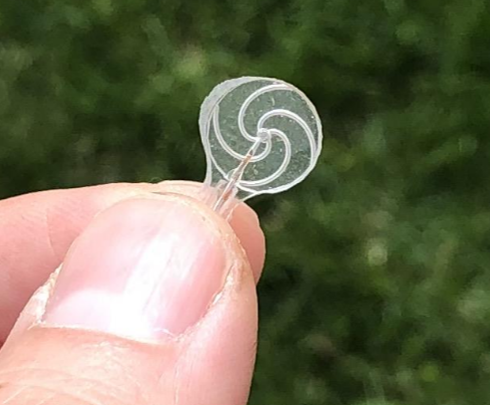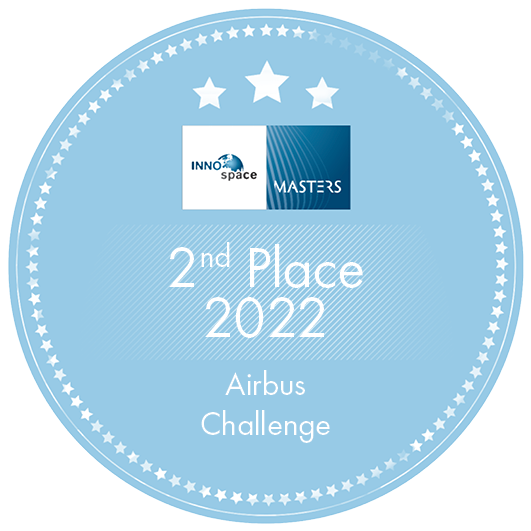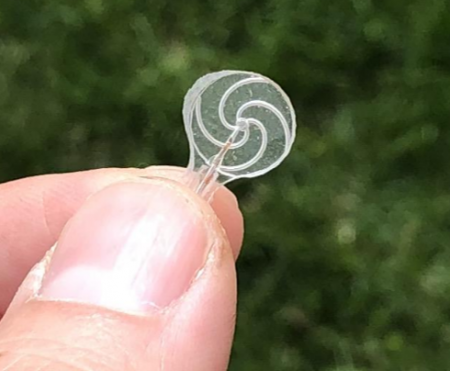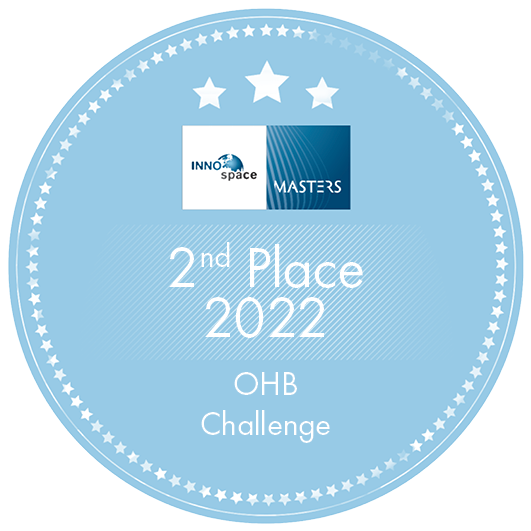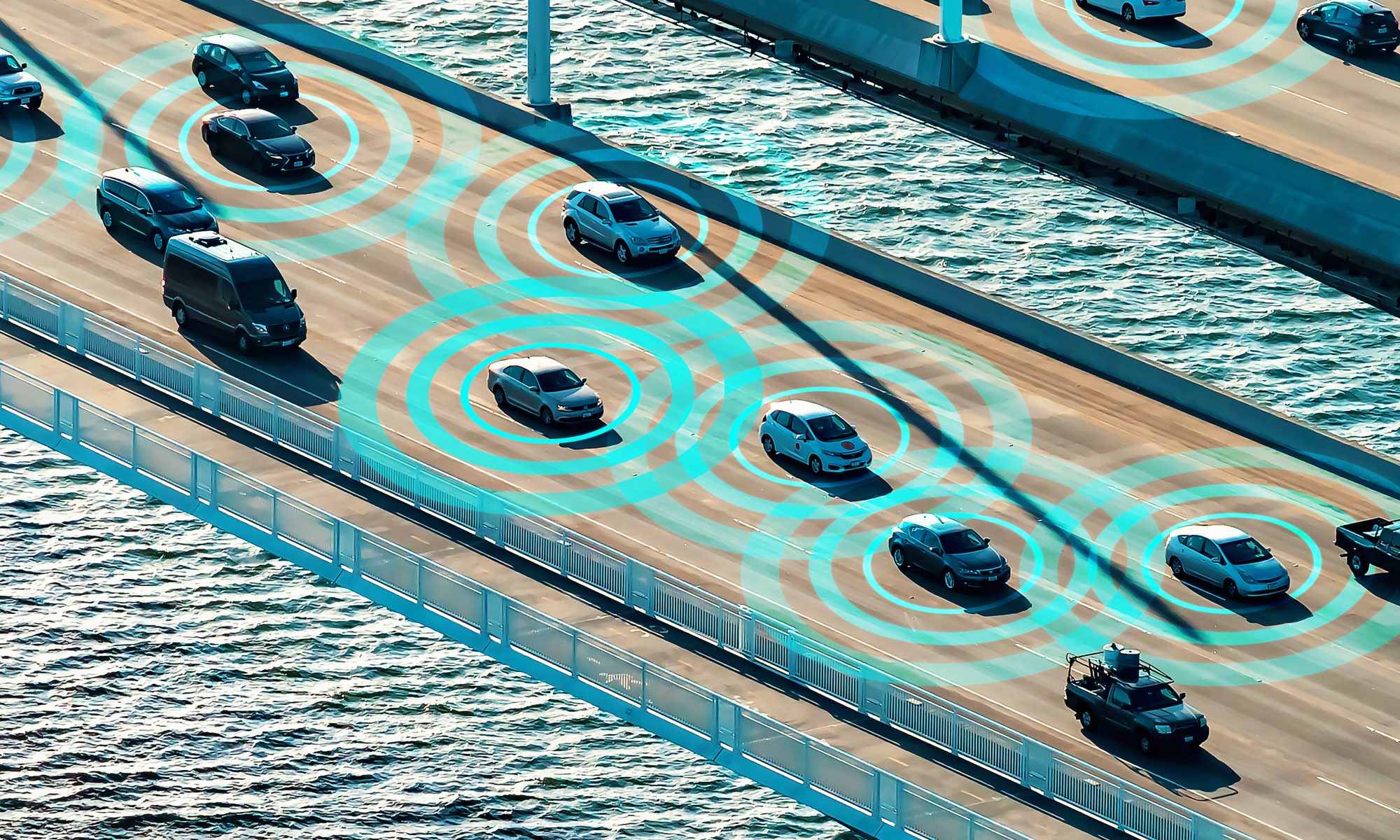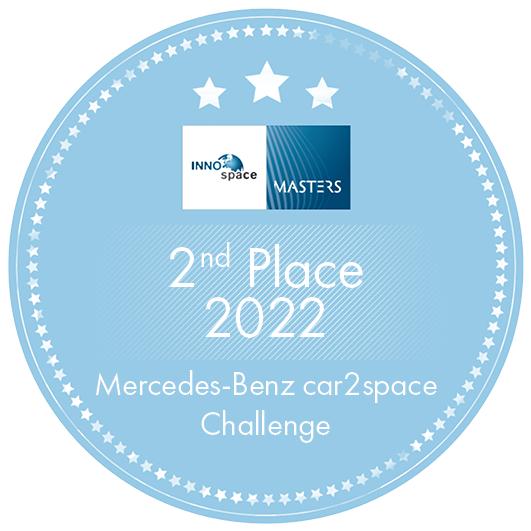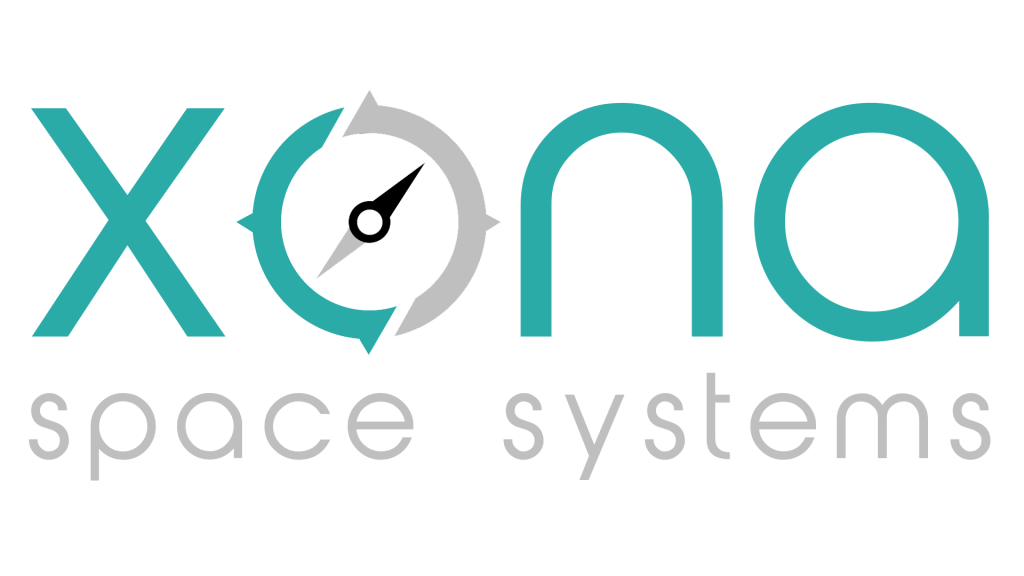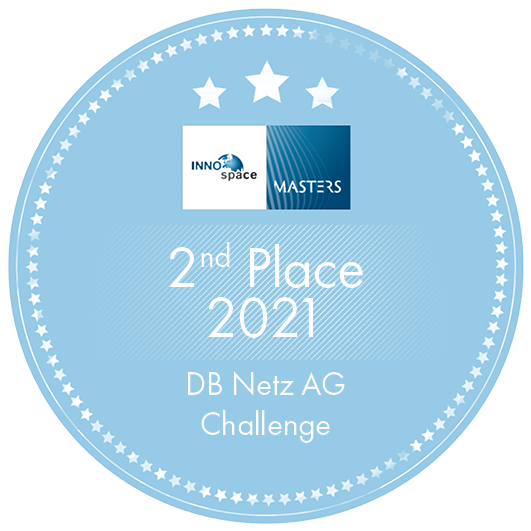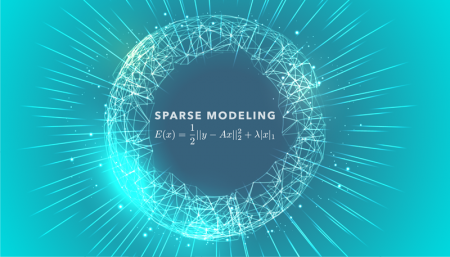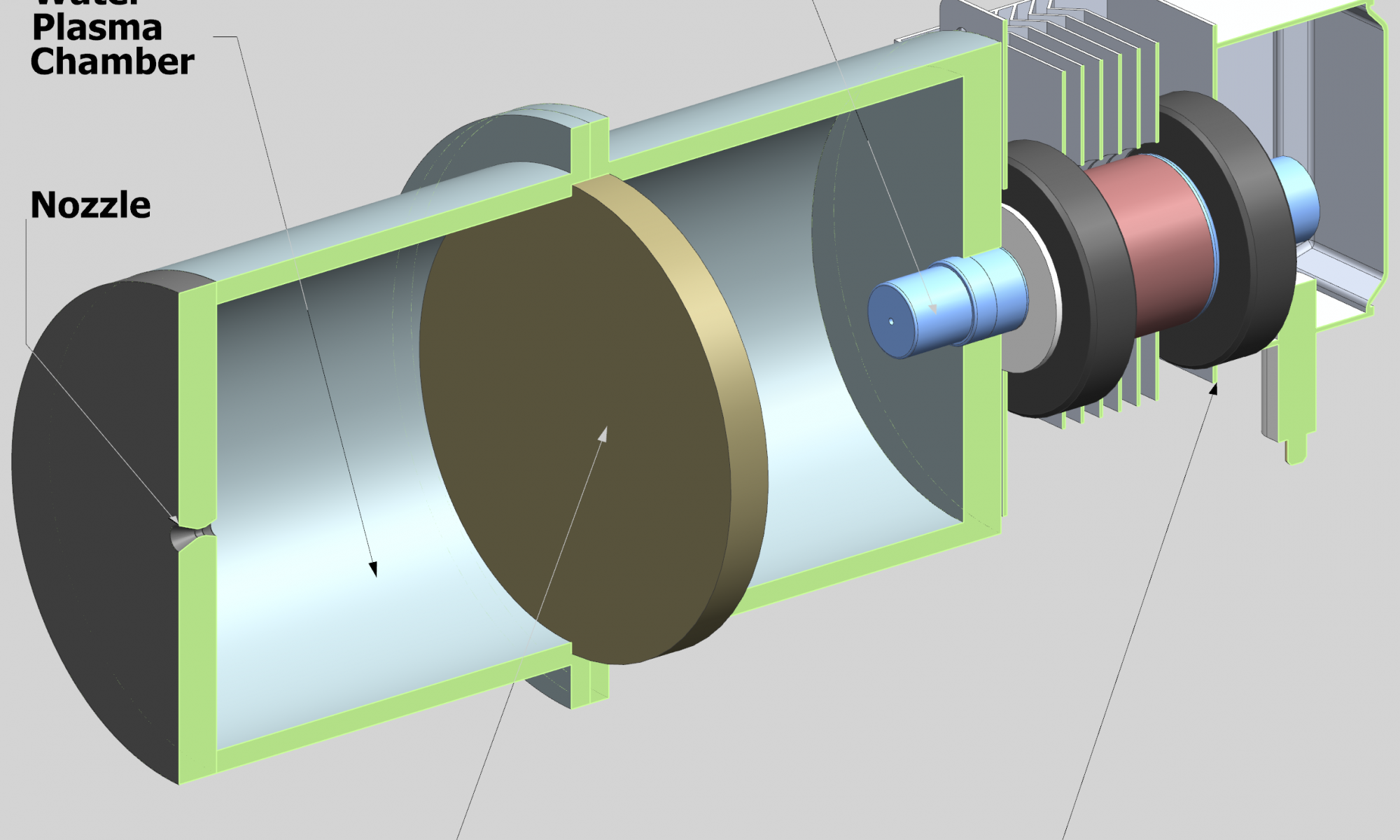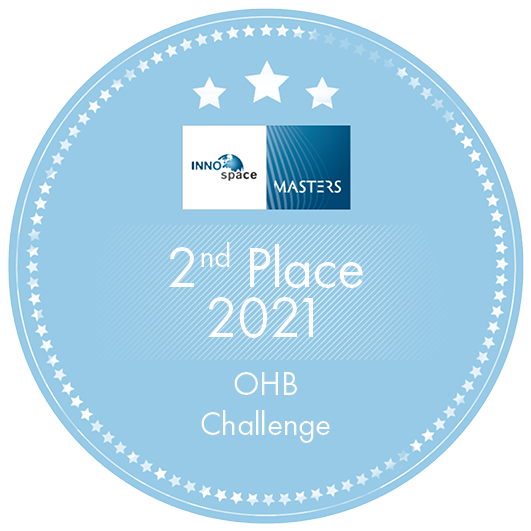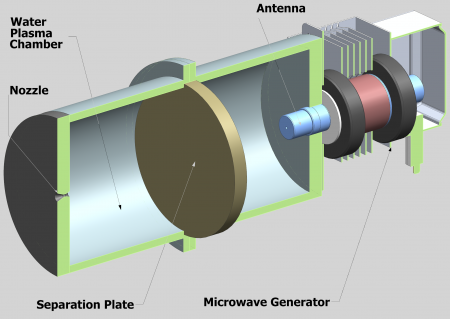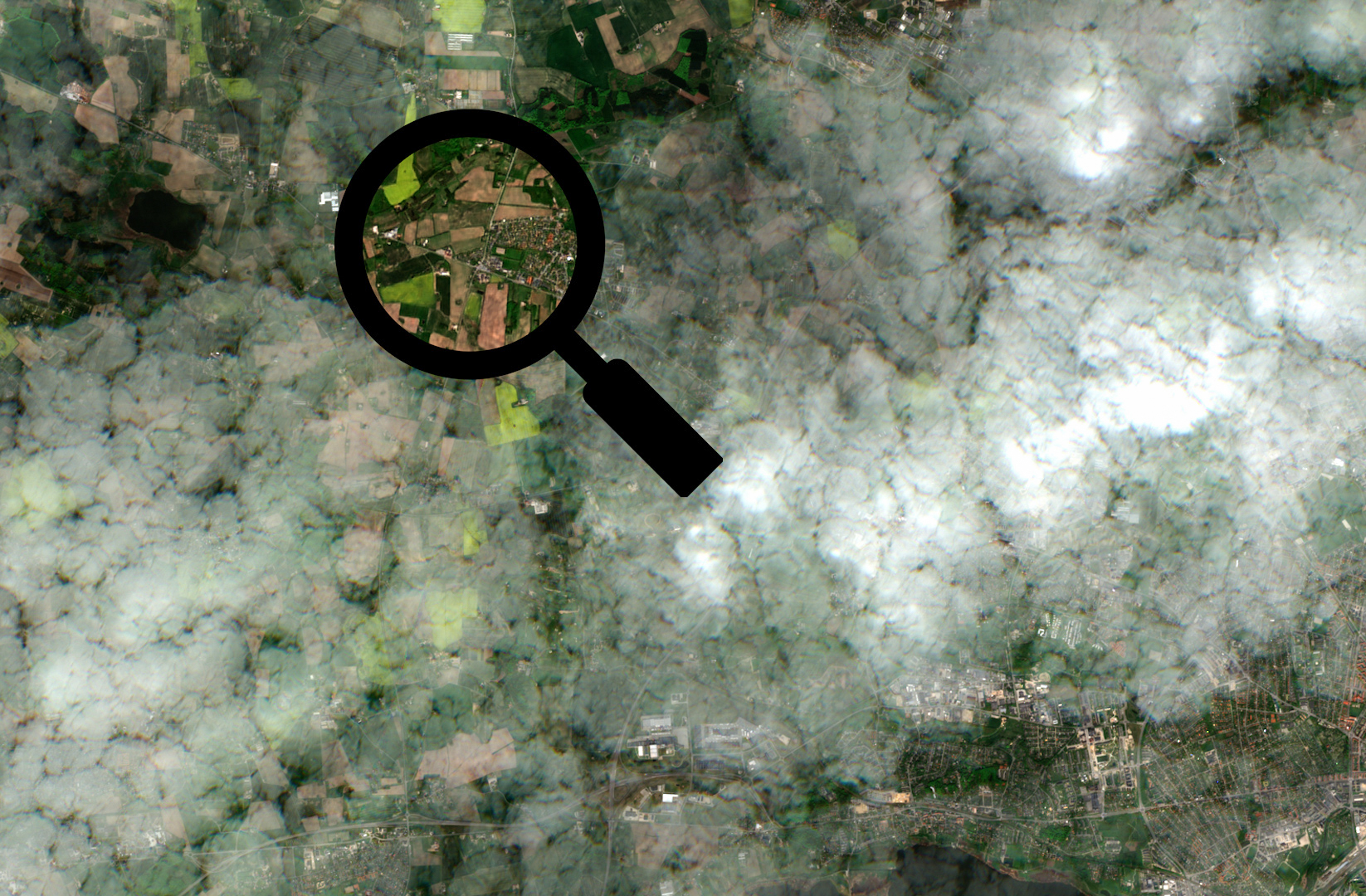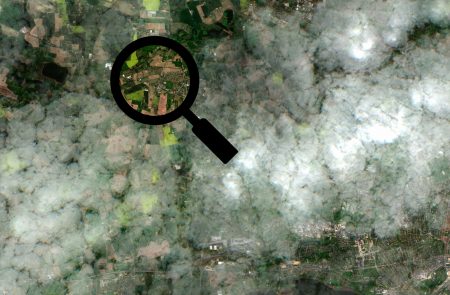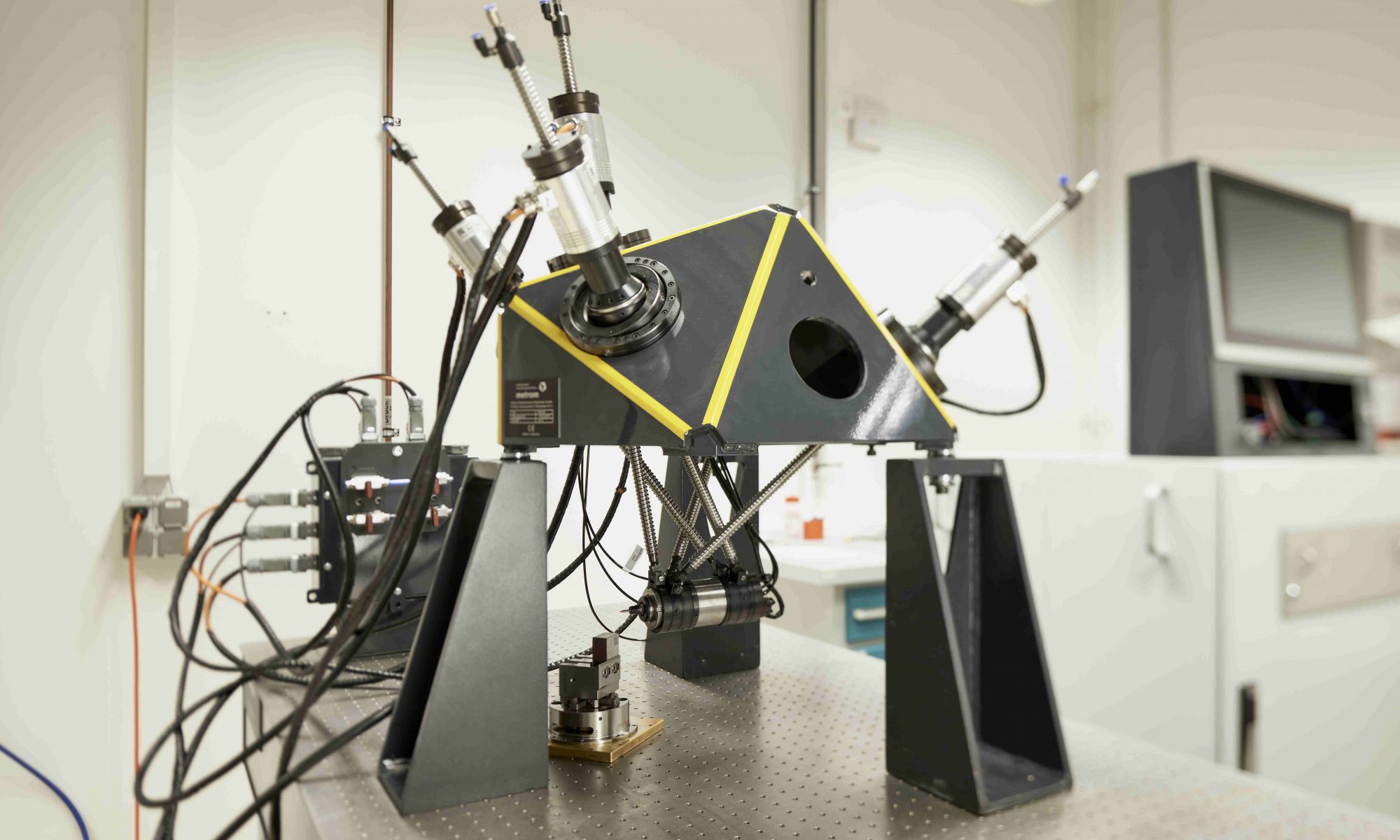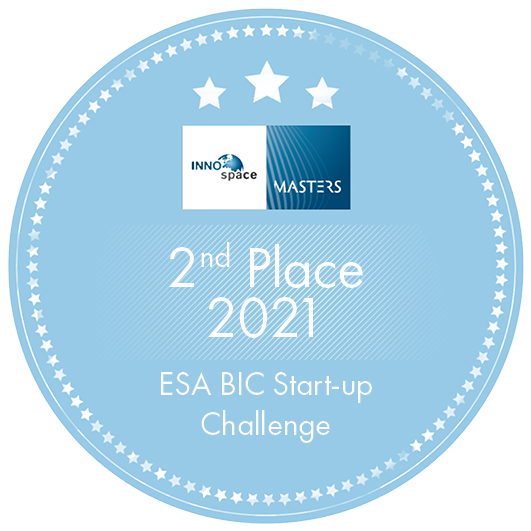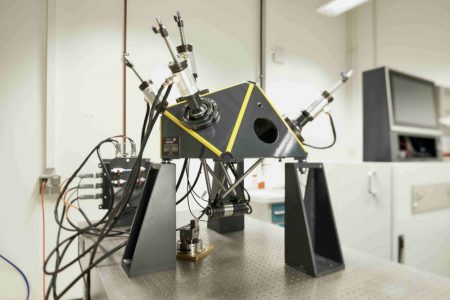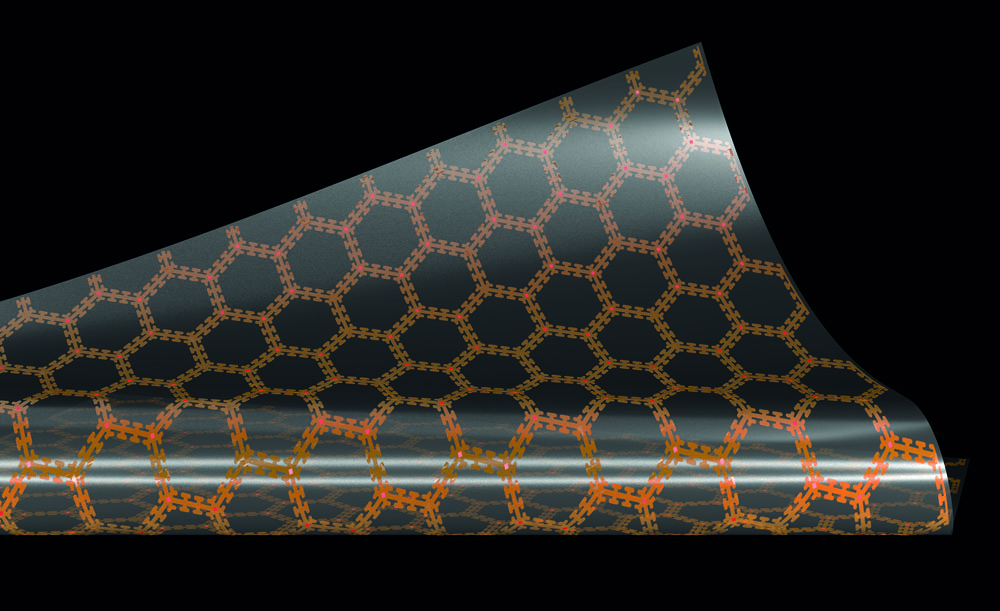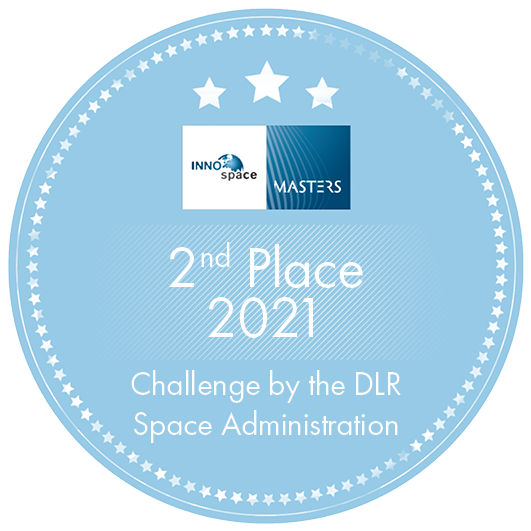Aerostructure Multifunctional Cover Against Environmental Radiation
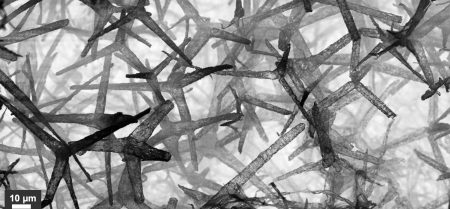
We all increasingly use communication networks, including Wi-Fi, mobile phones, satellite networks, Internet of Things, autonomous driving, and monitoring in medicine and the environment. People, as well as machines, will become more and more connected wirelessly. Therefore, the number of antennas integrated into electronic devices is drastically increasing, resulting in strong demand for countermeasures against unwanted signals and noise. Until now, typically metal-based materials have been used to shield electronics. While these are very secure, they are intrinsically very heavy. Moreover, the antennas themselves cannot be covered, as they would then no longer be able to transmit signals. We aim here to drastically reduce the weight of such shields by employing an ultra-lightweight class of materials, called framework aero materials. We will develop small, innovative safety caps that are easy to apply, without being a barrier to the further miniaturization of electronic devices. This new kind of cap will also enable frequency selectivity, thereby increasing the digital security of communication.
Benefits:
- Ultra-lightweight cover against unwanted signals
- Increase in digital security and protection against jamming
- Frequency-selective: antennas can be protected
- Very adaptable for specific geometries without mounting interfaces
- High frequency tightness
- Wide range of applications at different value-added levels
Institut für Luft- und Raumfahrttechnik der Technischen Universität Dresden
Dr Tino Schmiel
tino.schmiel@tu-dresden.de
Institut für Materialwissenschaften der Christian-Albrechts-Universität zu Kiel
Dr Fabian Schütt
fas@tf.uni-kiel.de


